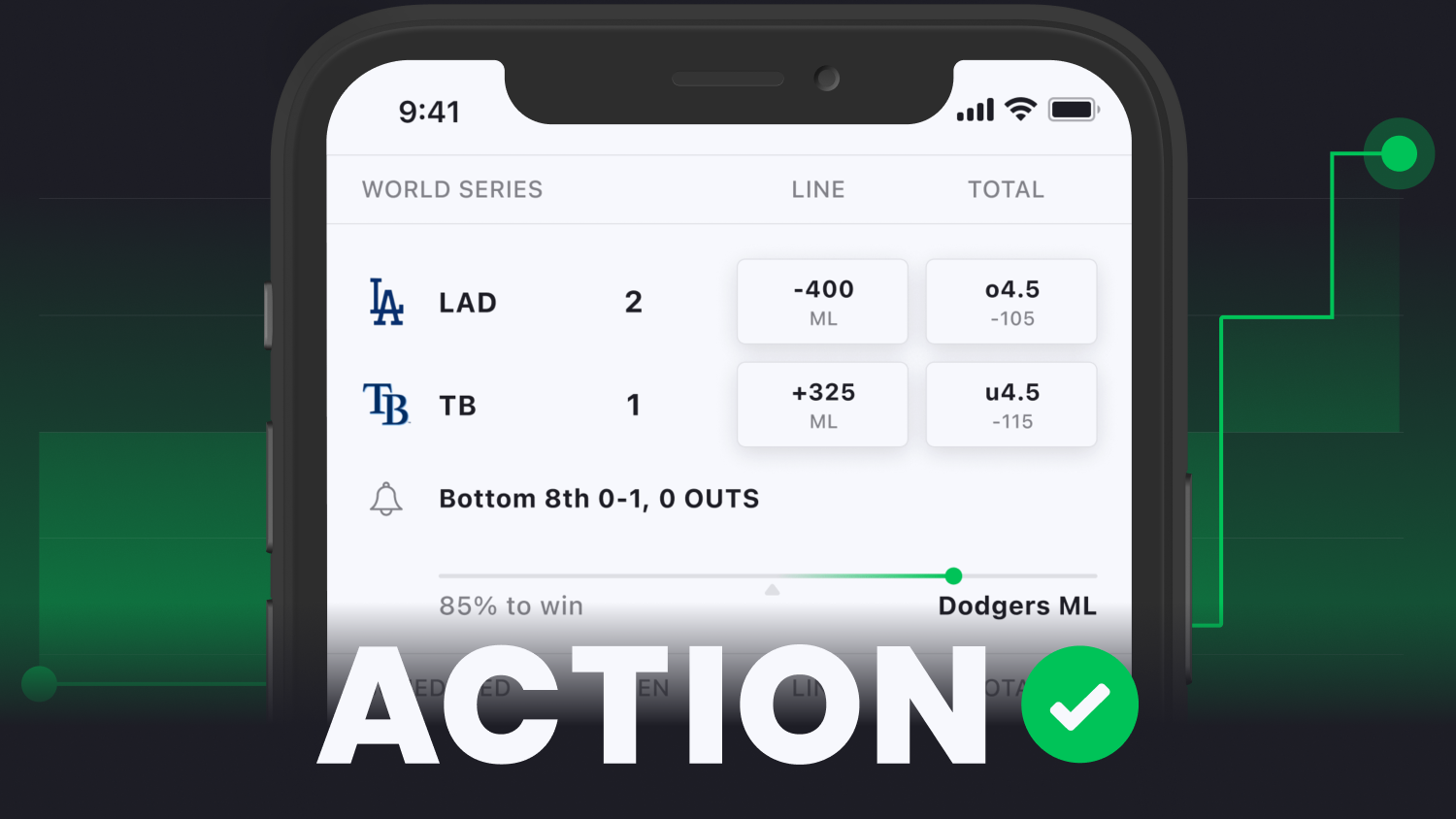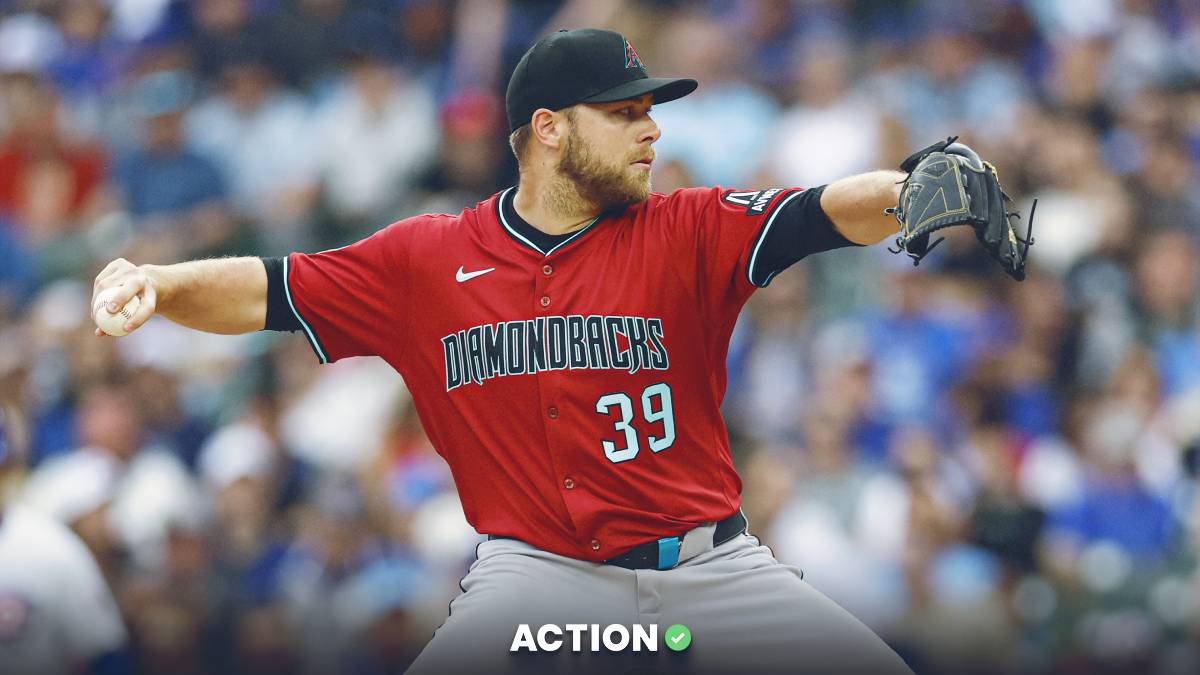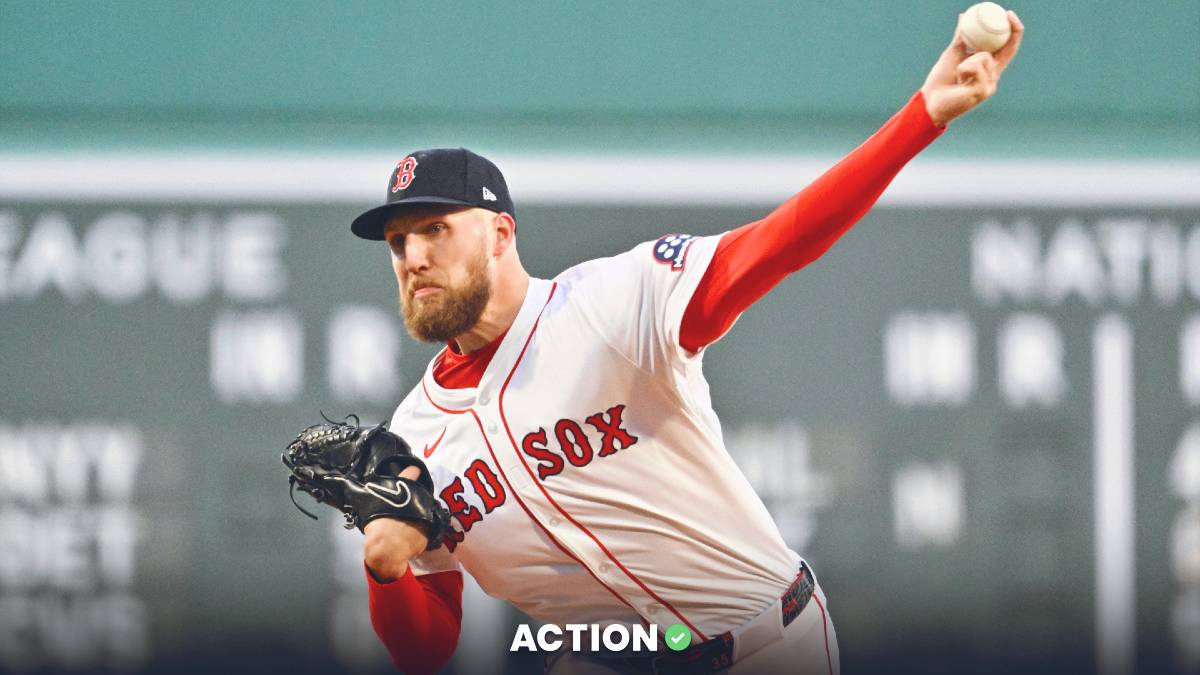By striking a deal to defer his $5.9 million owed into $29.8 million over 25 years, Bobby Bonilla and his agent Dennis Gilbert get a ton of credit, as they should.
It’s an 8% interest rate, which you certainly aren’t getting these days from much, and it allows Bonilla to budget his spending. As of July 1, 2021, the Mets have now made 11 payments to Bonilla totaling $13,125,730.
But what happens, in an alternate reality, if Bonilla got the $5.9 million the Mets owed him in 2000… in 2000?
While there were obviously plenty of ways for him to lose that money, there were other ways he could have made more.
Bonilla agreed to the deal on Jan. 3, 2000. Using that as our investment timeline, we start to do the math.
What happens if he bought into the New York Mets?
Say Bonilla put his $5.9 million in January 2000 into the Mets. For that money at the time, Bonilla could have bought about 1.6% of the team ($350 million valuation).
Steve Cohen bought the Mets in Nov. 2020 for $2.42 billion. Bonilla’s 1.6% stake would have been worth $38.7 million. Bonilla will get $29.8 million for his deferred deal, but he has to wait until 2035 to complete the payments.
Let’s say Bonilla just put the $5.9 million into the S&P 500.
Over the past 20 years, the S&P 500 index has delivered a compound average annual growth rate of 8.6 per year, which drops to about 7% when factoring for inflation. That would put Bonilla’s money at $22.83 million, and by 2035, it would be $63 million.
Mutual funds fared worse with an average annual return of around 3% annually over 20 years, factoring for inflation. And even if Bonilla did that, he would have grown his $5.9 million into $10.6 million. That’s only $2.5 million less than what he has from deferment because that money-making clock started in 2010.
Or how about gold? What happens if Bonilla took his $5.9 million in January 2000 and dumped it all into gold. He could have gotten 21,071 ounces of gold for that price at the time. Today? That’s worth $37.4 million. That’s nearly triple what he has now, and it’s not that unrealistic.
While we're at it, we might as well play up more fun hypotheticals.
He could have put that $5.9 million into Amazon. If he did that when the deferral deal was agreed to on Jan. 3, 2000, Bonilla could have bought 66,010 shares of Amazon. If he did that, he’d have $220.5 million today.
And to be fair, he could have lost it all. Say Bonilla was enthralled with pets and loved Pets.com, which launched its IPO a month after Bonilla agreed to the deferred deal. With $5.9 million, he could have bought 536,000 shares of Pets.com stock, and eight months later when the company went belly up, those shares would have been worth $100,000.
This exercise isn’t to say Bonilla’s deal isn’t great. But it does suggest that there are many realistic ways he could have done well with the money the Mets gave him had it not been deferred.



































